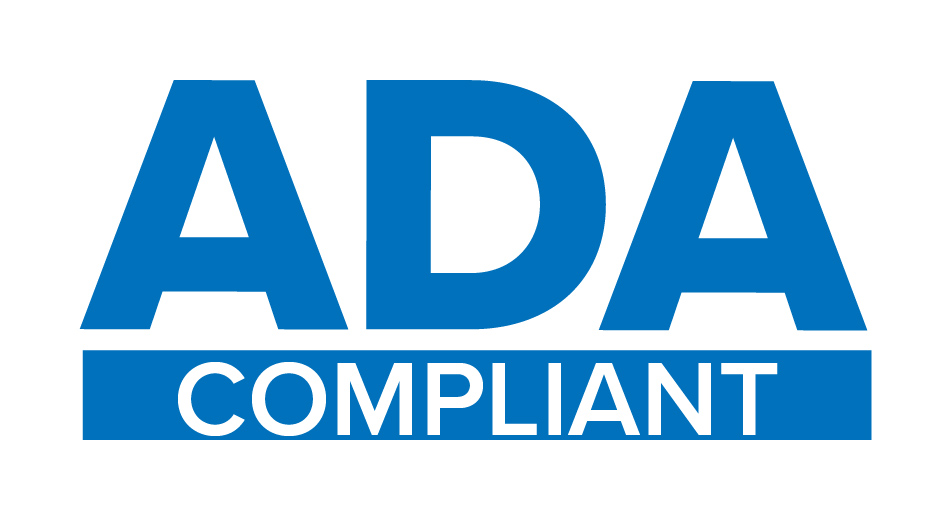Why private schools should not compete against public schools in the Postseason
The debate over whether private-school football teams should compete against public-school programs in the postseason has intensified across Oklahoma and the nation. At the heart of the issue is one central question: Is the playing field truly level? Increasingly, coaches, administrators, and parents argue that the fundamental differences between public and private schools create competitive imbalances that postseason brackets are not designed to absorb. A perfect example of this is Class 3A State Football Championships. In the last 11-years only two public schools’ has won a state championship while private schools have won the last seven consecutive championships and 12 since 2008.
Unequal enrollment pools and recruiting advantages
Public schools are bound by strict, district-based attendance zones. Their teams are built from the students who live within that geographic boundary. Private schools have no such restriction. They draw from entire metro areas—and in some cases, entire states.
This wider enrollment pool naturally increases the likelihood of building stronger rosters, especially in talent-dense regions. Even when private schools follow state rules that prohibit recruiting, the perception remains clear: students and families choose private schools for academic, cultural, or athletic reasons.
When top athletes can enroll at will, private schools often enter the postseason with rosters that do not reflect their enrollment numbers, putting smaller public schools at an inherent disadvantage.
Another key disparity lies in resources. Public schools rely primarily on state funding, which varies widely between districts. Private schools, however, often have access to tuition revenue, private donations, and booster clubs with deep pockets. This additional funding can translate into:
• Enhanced training facilities
• Professional strength and conditioning programs • Larger coaching staffs
• Access to specialty camps, private trainers, and year-round development programs These advantages directly impact postseason performance,



